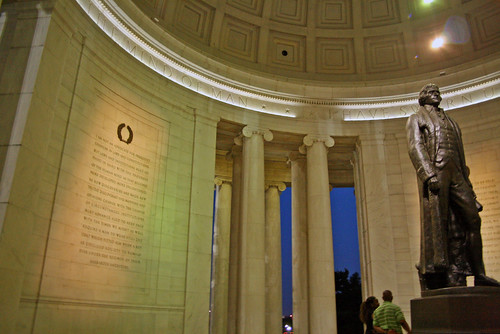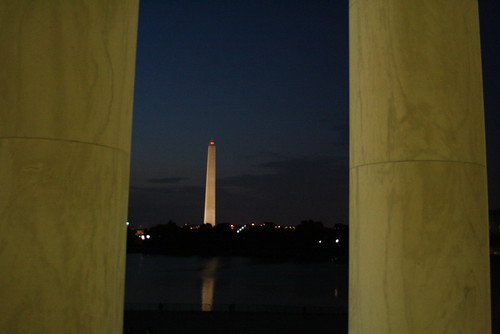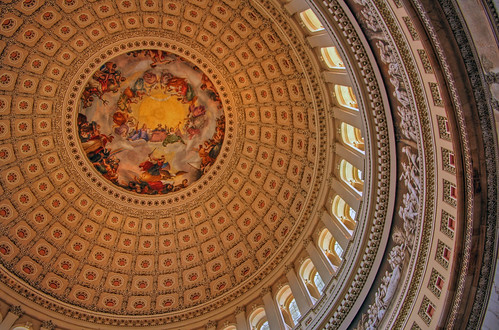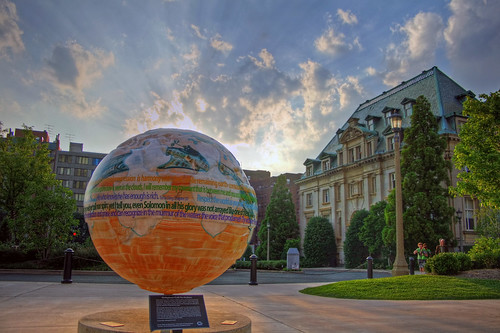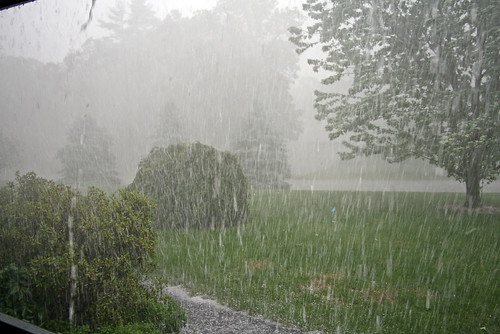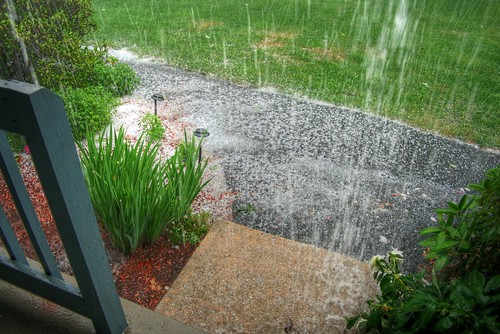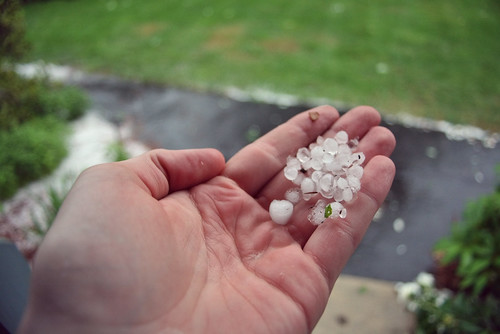I don’t have a picture handy to accompany this, but the ‘slogan’ on the DC license plates is “Taxation without Representation,” which any astute history scholar—or anyone who was awake in history class—will recognize is the complaint of the American colonies leading to, among other things, the Boston Tea Party. It also perfectly reflects the status of Washington, D.C., which pays the same taxes we do but has only non-voting members in Congress.
It really amuses me, because it’s sort of thumbing the city’s nose (that metaphor doesn’t work so well here?) at the very government that it houses. That they actually put it on the license plates amused me. But what amused me even more was discovering that one of Clinton’s last acts as President was to put the new “Taxation without Representation” plates on the Presidential limos, which thus led to one of the first things Bush did in office being to remove them and replace them with the more conservative ones that don’t bear that slogan.
Today we toured the White House. I have no photos, since cameras aren’t allowed. It’s quite a posh place, but it seemed smaller than I’d imagined. It is in excellent condition for something so rich with history (200-year-old artifacts line the White House walls, looking as good as new). I did conclude that I’d like to be President. I’d have the lawn aerated, among other things. (That might not be the platform on which I run, however.) I also started thinking that I’d periodically ditch the security and just take a walk outside the White House, down to one of the many restaurants. The odds of a terrorist happening to be waiting outside the White House for me seems relatively slim. It also seems like it’s kind of important in terms of being viewed as “one of the people,” versus someone holed up separated by hundreds of guards.
Towards the beginning were some photos of the Presidents throughout the past, including some contemporary ones. All sorts of historic events were chronicled. Maybe it’s just that it’s hard to see things in full historical perspective, but all the contemporary ones appeared goofy and out of place. George W. Bush was out front of the White House with a Nascar car and various racers, and the photo was in between various interesting historical shots, something like JFK addressing a crowd and Hoover at the Hoover Dam. (Okay, I made the latter one up entirely since I couldn’t remember what else was there, but it’s the sort of thing that might have been there.)
I also found it strange that Bush had allowed several paintings of the Clintons to stay up: Bill and Hillary both had photos on the lower level. Everything I had heard suggested that there may have been some rather childish pranks played between the two, so I figured they’d have been the first things to get taken down.
We also hit up the Smithsonians today… My dad and I did the Air and Space Museum. (Which, fittingly, is across the street from the FAA.) The Smithsonian is exactly what I think a museum should be: free, open to the public, and a place that practically encourages photography. While some museums seem to be for-profit, this one is all about the public domain. Woot!

That’s not at all a great photo, but one of the better ones. I was going to try to pretend it was the real thing rather than a scale model, but the giants in the background, and the fact that the ship is sailing on top of a wooden plank in the ocean ruin that. It was quite dark inside many of the exhibits, which meant that even at ISO1600, I was getting 1/8-second shutter speeds. (Incidentally, I noticed a lot of people with very fast lenses… I was quite jealous of the people taking the same touristy shots I was, but doing so through thousand-dollar L-series lenses.)
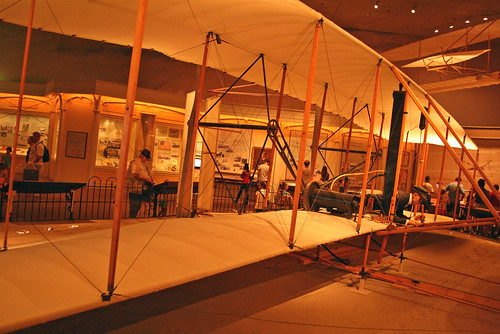
I believe that’s a recreation of the Wright Brothers’ original plane. The real artifact they had from the Wright Brothers was a bicycle they manufactured. (Perhaps they weren’t initially sure what form of transit they wanted to get into?)
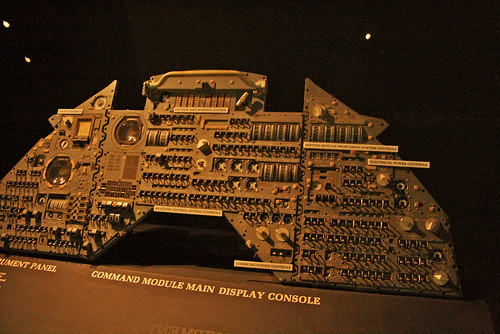
That’s the flight deck from… The Apollo? I think? Showing how pathetic my frame of reference is, the first thing I thought is, “Wow, they’ve got to let Apple design the next one.”

There were easily a dozen of these around the Smithsonian museums, all with the same signs. They begged for a very saturated HDR shot, and I gave into the temptation.
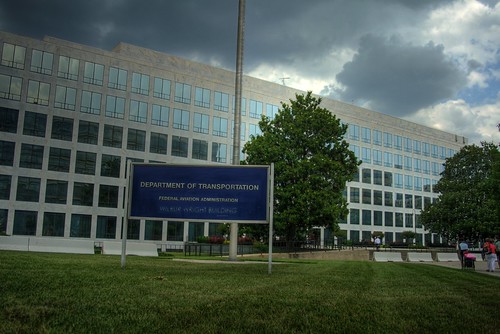
Here’s the FAA building, also showing the crazy weather… It seems as if a bigger storm is coming in an hour or three. If weather and time permit, I’d like to go back to the White House tonight to grab some pictures…






